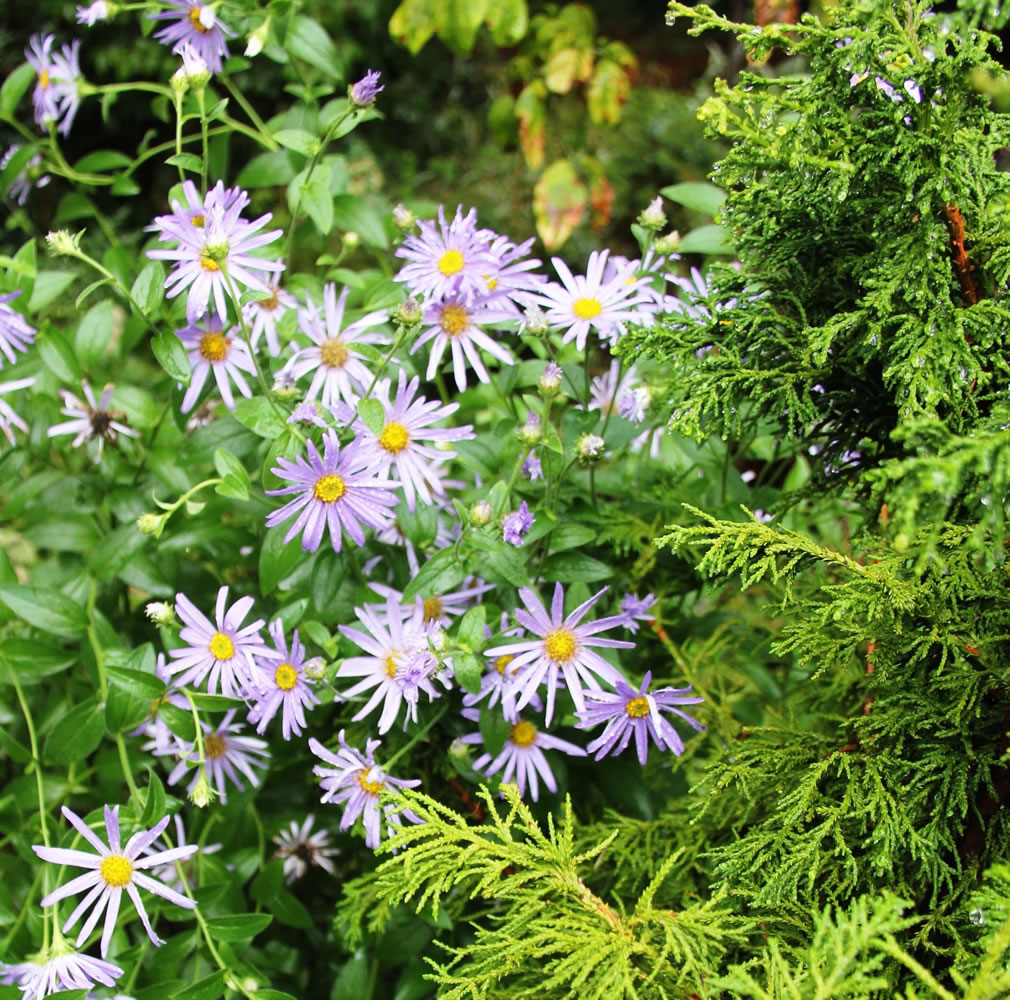As summer begins to take its leave and autumn stands waiting in the wings, we feel an urge to redirect our garden energies. This change of season signals a shift in our focus from the daily maintenance of watering, deadheading and mowing lawns to preparation for fall planting and the inevitable arrival of winter. Inherent in the transition from one season to the next, betwixt and between, is the desire to go forward.
The truth is, gardeners crave change and the natural passage of the seasons accommodates our needs. More than anything else, it gives every gardener a viable excuse to make plans to make some changes in the garden. What better way to follow through on this idea than to add new plants to the garden. Since my two pet projects are buying plants and planting them out in the garden, this just happens to be my favorite time of year.
The return of moderate autumn weather is a signal to begin planting again. Planting in the long, hot days of full summer sun would have taxed the ability of newly planted trees and shrubs to survive. The stress of establishing root growth in dry summer soil while trying to supply enough water to sustain leaf production is too much for most plants. By planting in the fall, you assure a period of perfect growth conditions.
Typically, this time between seasons is perfect for finding plant bargains. If you have coveted a specific specimen plant but hesitated to buy because of the cost, there’s a good chance the price will be marked down in the coming month. This is especially true if the plant you are looking for is out of season and past its prime. The trick is to shop late enough for good sale prices and early enough for a decent selection.



